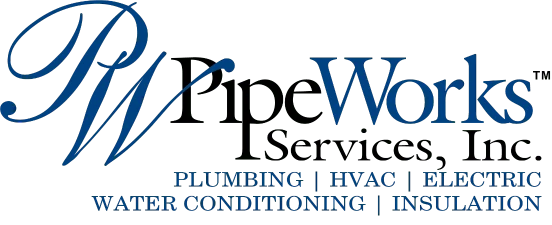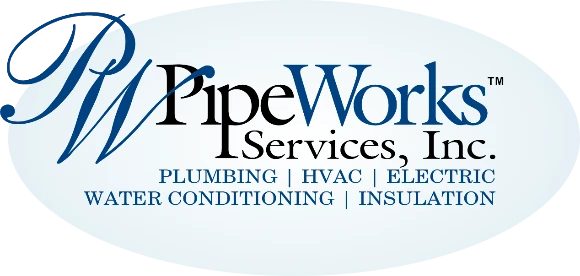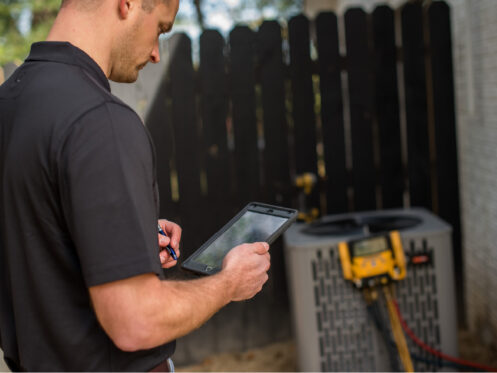Unless you’re an HVAC technician, you may not know that your AC’s evaporator and condenser coils need periodic cleaning. With it, the AC in your Chatham, NJ, home may begin experiencing performance degradation. This degradation can result in uneven cooling, reduced efficiency, and even unnecessary wear and tear. In extreme cases, your AC may lose its ability to cool your home adequately. However, cleaning your AC’s evaporator and condenser coils is a delicate job. Here’s everything you need to know about your cooling system’s coils and how to clean them properly.
What Are Evaporator and Condenser Coils?
If you don’t already know, your home’s AC relies on the refrigeration cycle to cool your home. This means it manipulates the pressure, temperature, and boiling point of a refrigerant to function. Your AC’s evaporator and condenser coils are keys to that process.
When you turn on your AC, the system’s refrigerant first passes through an expansion valve. That turns it into a very cold liquid with a relatively low boiling point. That cold liquid travels into your AC’s indoor unit, where it passes through the system’s evaporator coil. It’s called that because, as the refrigerant passes through, it absorbs heat from your home’s air. Once it gets hot enough, it will boil and turn into a warm vapor. Then, it travels back outside to the AC’s outdoor unit.
In the outdoor unit, the system’s compressor then increases the pressure on the refrigerant. That increases its temperature and boiling point. Afterward, it passes through the system’s condenser coils. That’s where the refrigerant releases its heat into the surrounding environment, eventually condensing back into a liquid.
Why Keeping Your AC Evaporator and Condenser Coils Clean Is Important
There’s a good reason you need to clean your AC’s evaporator and condenser coils periodically. Dirt in the coils can harm their ability to conduct heat. In the evaporator coil, dirt can prevent the refrigerant from absorbing heat from your home’s air, which has a direct effect on its ability to cool your home down on hot days.
In the case of the condenser coils, accumulated dirt can reduce how much heat your AC’s refrigerant releases. This grime leads to abnormally high refrigerant temperatures throughout your AC. When that happens, your AC needs more cycles to provide the same cooling capacity. That, in turn, drives up your monthly cooling costs.
How Do Evaporator and Condenser Coils Get Dirty?
All of the dirt that accumulates on your AC’s evaporator coils comes from your home’s air. It’s why AC systems come with air filters. While those air filters capture the majority of dust and dirt from your home’s air, some always get through. When that happens, it often ends up embedded in the fins of your AC evaporator coil. In homes with pets, this happens even more often because of higher levels of airborne particulate matter due to them shedding hair and dandruff.
The dirt that accumulates on your AC’s condenser coils comes from the outdoor environment. Basically, anything that the wind can carry into your outdoor unit can end up clogging your condenser coil. That includes dirt, plant matter, and anything else that happens to reach the coils. On average, that means you’ll need to clean your condenser coils at least once per year. You can do this as part of your spring-cleaning checklist before the cooling season begins. However, you should also inspect your condenser coils once every three months or so to check for dirt accumulation.
How to Clean Your AC Evaporator Coil
Cleaning your AC’s evaporator coil isn’t a simple job. It requires some decent mechanical skills and a delicate touch. If you do it wrong, you could end up damaging your evaporator coil and even injuring yourself. Plus, you may even struggle to access your AC’s evaporator coil, as it is inside the AC’s indoor unit. If you have any misgivings about doing the job yourself, you should call Pipe Works Services for help.
To clean your AC evaporator coil, you should begin by locating and turning off your AC’s circuit breaker. You should find it inside your home’s main electrical panel. Once the power’s off, you can proceed to locate the evaporator coil access panel. It should be right near where you see refrigerant lines entering your indoor AC unit. Once you find it, undo its screws and remove the panel.
At this point, you should have a clear view of the evaporator coil. You can begin to clean it by gently using a soft-bristle brush to remove any pet hair or caked-on dirt. Be careful as you do this. The fins on your evaporator coil are delicate and bend easily. Bent fins will harm your AC’s ability to cool your home. The fins are also somewhat sharp, so take care not to cut your hands as you work.
Next, you can spray the evaporator coil with an aerosol evaporator coil cleaning solution. You can find such cleaning solutions at your local home improvement store. Do your best to coat as much of the coil as you can reach. However, you should wear thick gloves while doing this to avoid burns from the acidic cleaner. Once you’re done, you should check your cleaning product to find its recommended wait time.
Once you’ve waited long enough, you have two options. For best results, use a spray bottle filled with water to rinse off your evaporator coil. The runoff should be captured by the drain pan and leave the system through its condensate drain. As an alternative, you can close the evaporator access door and run your AC for a few hours. The natural condensation produced on the coil should rinse it well enough.
How to Clean Your AC Condenser Coil
Fortunately, cleaning your AC’s condenser coil is far easier than cleaning its evaporator coil. That’s because it’s larger and easier to access. Of course, you will need to cut your AC’s power again before you begin. Then, you have two options. For a quick and simple cleaning, you can use a garden hose to rinse off visible dirt from the coil. If you keep up with regular condenser coil cleanings, that’s often enough to maintain a clean coil.
For a more thorough cleaning, you can instead remove the panels covering each side of your condenser coil. Then, you can spray the coil with a coil-cleaning solution. After waiting for the requisite time, make sure to rinse your condenser coil with a garden hose thoroughly. Begin by spraying from the inside of the coil to the outside, then the outside to the inside. Finish by rinsing from the inside to the outside again. This procedure will remove all of the cleaning solution and prevent unnecessary wear and tear. When you’re finished, replace the condenser coil panels and turn your AC’s power back on.
Professional AC Coil Cleaners
Of course, you could save yourself some time and effort by letting Pipe Works Services clean your AC coils. We’ve served the residents of Chatham since 2000, offering HVAC installation, repair, and maintenance services. In addition, we provide plumbing, electrical, insulation, ductwork, and indoor air quality services. Contact us today to schedule an appointment with one of our experienced team members.





